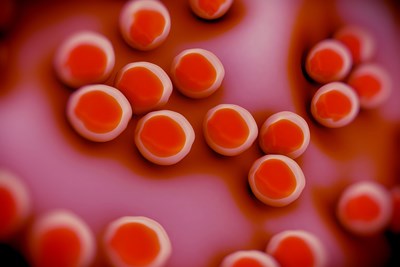Staph infections are a very common occurrence in the United States, with over 30% of the population colonized with the bacteria at any given time. Most people carry staph bacteria in their nose and don’t show any symptoms at all; however, even if you are not feeling sick, you are still able to pass the bacteria on and infect other people.
The most common type of staph infection is a skin infection, usually in the form of a pus-filled boil. The skin around the infected area will usually be red and swollen as well. If you suspect that a boil you have might be staph-infected, make an appointment with your doctor as soon as possible.
Diagnosis
If you have a skin lesion that might be staph, your doctor will first closely examine the area for signs of infection. Then, most doctors will usually confirm the diagnosis of a staph infection by taking a tissue sample or checking nasal secretions for signs of the bacteria.
Treatments
Once you are diagnosed with a staph infection, your treatment will vary depending on the type, location, and severity of the infection. The most common treatment options for staph infections include:
- Antibiotics: This is usually the first line of treatment for most staph infections. The antibiotics that are most commonly prescribed include cephalosporins, nafcillin, sulfa drugs, and vancomycin. Your doctor will need to determine the strain of staph bacteria that is causing your infection in order to identify which antibiotic will work best for you. Antibiotics may be given either orally or intravenously. Make sure to take the antibiotic that is prescribed to you as directed and finish all of the medication to ensure that the infection doesn’t return. If you start to experience any worsening of symptoms, let your doctor know immediately so you can be prescribed a stronger antibiotic before further complications are able to occur.
- Wound drainage: For most skin infections, doctors will likely make an incision in the sore in order to drain the fluid or pus that has accumulated. This will relieve pressure and increase the chance of recovery.
- Removal of device: If the infection seems to be caused by a medical device such as a prosthetic, surgery to remove the device will need to be done as soon as possible.
Antibiotic resistance within staph infections has been developing increasingly within the last several years. This means that the staph bacteria have mutated and no longer respond to the normally prescribed antibiotics. Today, many different strains of staph have become completely resistant to one or more antibiotics, with only about 10% of staph infections able to be treated with penicillin.
These are known as methicillin-resistant Staphylococcus aureus (MRSA) strains and they have led to the development and use of alternative antibiotics. One antibiotic that is used to treat MRSA staph infections is vancomycin. Unfortunately, many of these alternative medications must be given intravenously and have the potential for more side effects. Because of antibiotic resistance, they are only prescribed for staph infections if they are absolutely necessary to prevent further resistance from occurring.



